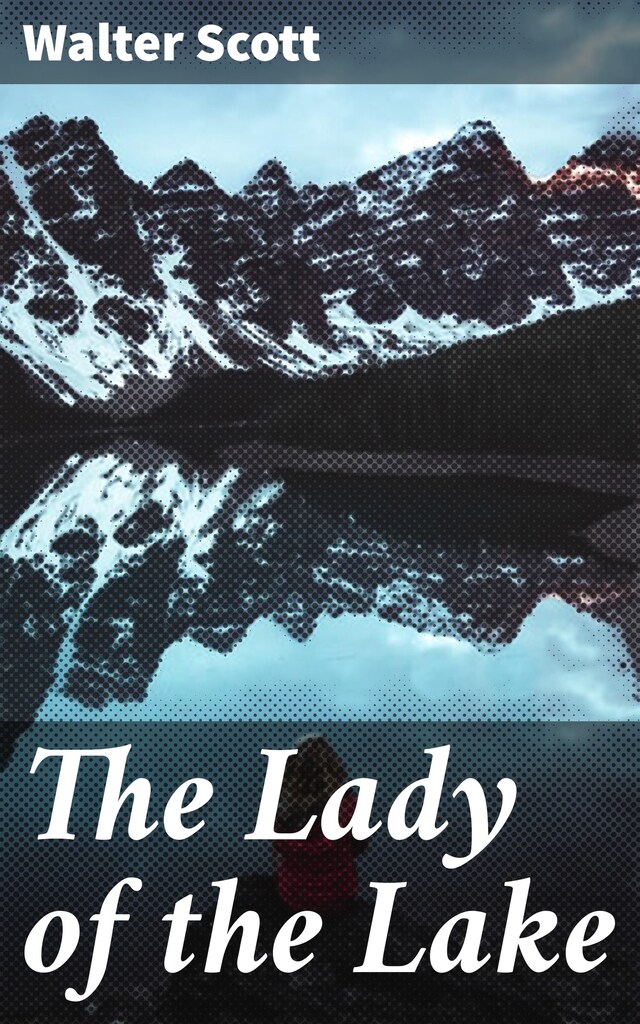The Lady of the Lake
A Tale of Love, Honor, and Conflict in the Scottish Highlands
Tietoa kirjasta
Set against the breathtaking backdrop of the Scottish Highlands, Walter Scott's "The Lady of the Lake" is a narrative poem that intertwines themes of love, loyalty, and national identity. Employing a vivid Romantic style, Scott paints a rich tapestry of Scottish folklore, delivering a lyrical exploration of historical and mythical elements. The poem's structure, consisting of six cantos, flows seamlessly between intense emotion and picturesque scenery, reflecting both the inner turmoil of its characters and the grandeur of the natural world. The story revolves around the noble warrior Roderick Dhu and the fair Ellen, culminating in a tale that resonates with Highland tradition and the cultural spirit of Scotland. Walter Scott, a pivotal figure in the Romantic literary movement, was deeply influenced by his Scottish heritage and the tumultuous history of the Scottish clans. His extensive travels and interest in folk tales and historical narratives led him to create a work that not only entertained but served to revive interest in Scotland'Äôs cultural legacy during a time of industrial change. Scott's passion for storytelling and historical accuracy is evident throughout the poem, providing readers with an authentic glimpse into the nation's heart. "The Lady of the Lake" is a must-read for those interested in the interplay of myth and history, as well as the emergence of Scottish nationalism. Scott's evocative language and compelling characters make this poem an enduring masterpiece, inviting readers to delve into the romance and drama of Scotland's past, ultimately bridging the gap between literature and the national psyche.
 Walter Scott
Walter Scott 265 Sivua
265 SivuaThe Lady of the Lake ja yli miljoona muuta kirjaa
alkaen 6,99 €/kk
Täytä elämäsi tarinoilla
